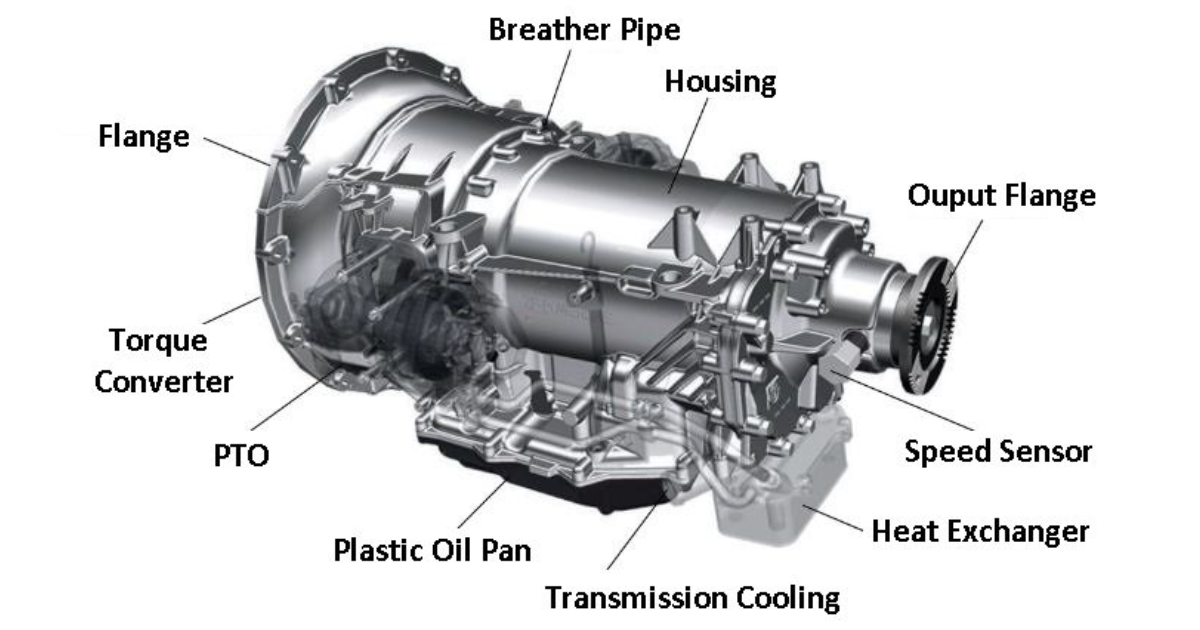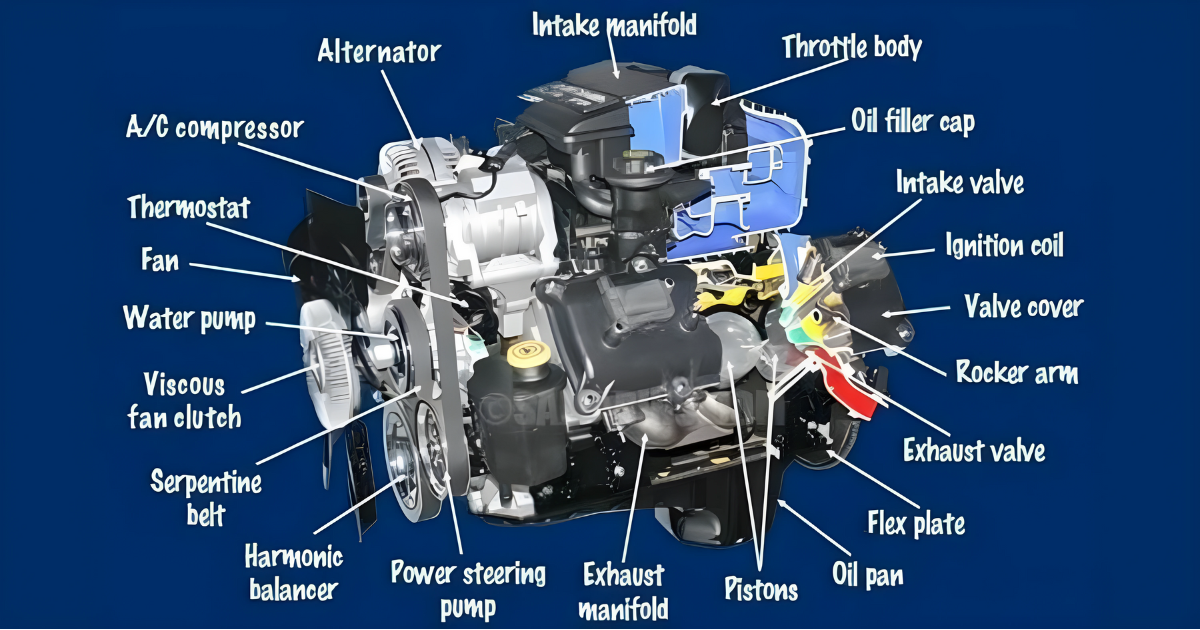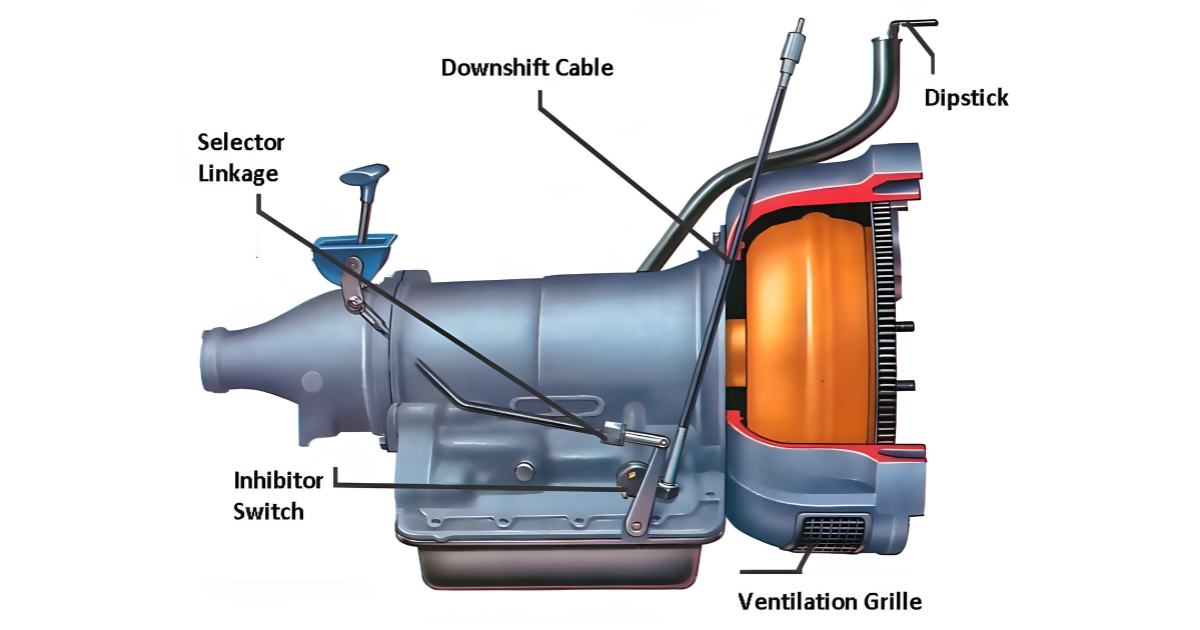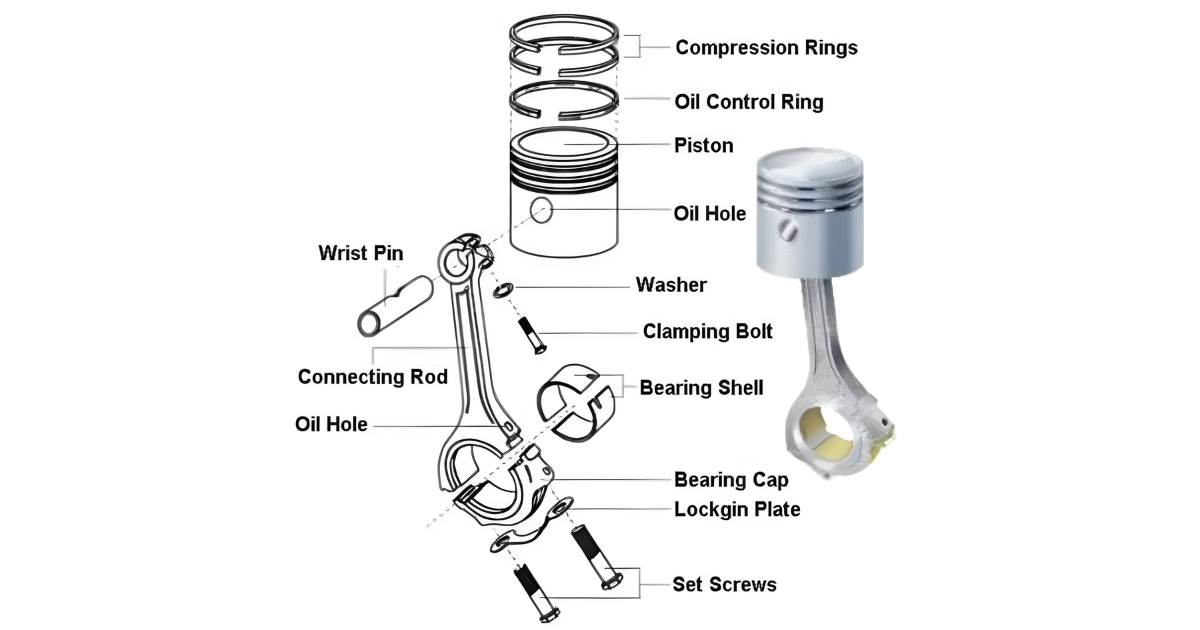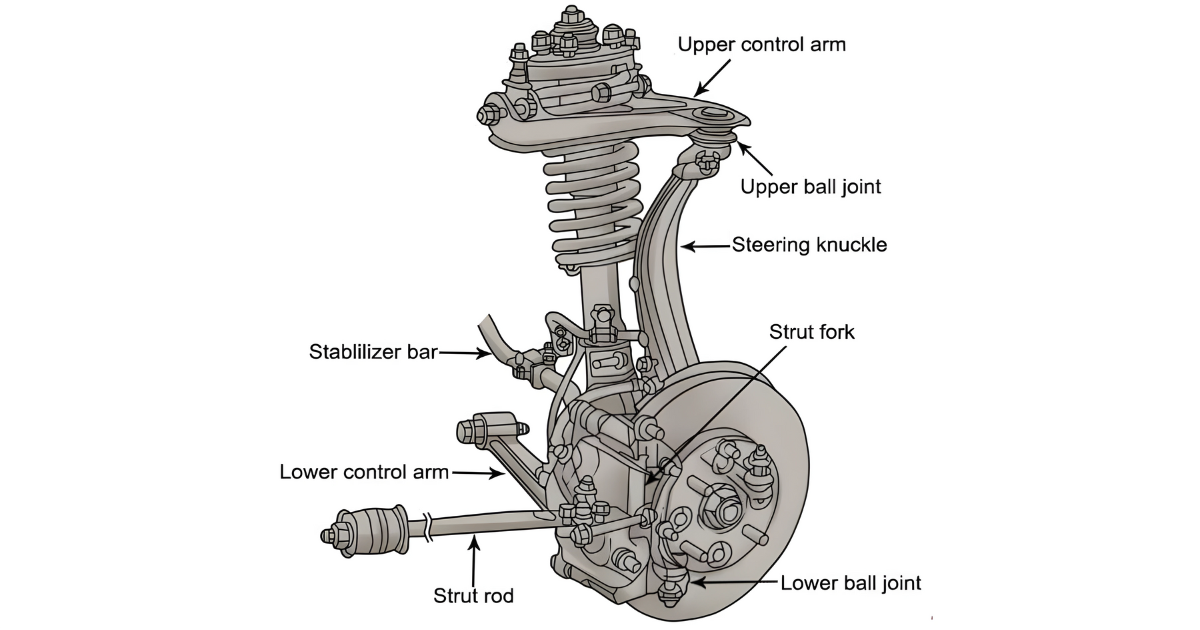Every vehicle has a gearbox, which is a vital component that converts the engine’s power into usable force. This complex arrangement of gears is crucial in determining how fast a vehicle can go, how much power it can generate, and how well it performs overall.
Let’s further understand the basic principles and examine the key components that make up a gearbox, providing insight into the mechanical dance that powers our vehicles.
The Fundamentals of Gearbox Working
- Power Transmission: At its core, a gearbox is responsible for transmitting power from the engine to the wheels, allowing the vehicle to move at varying speeds. It achieves this by controlling the rotational speed and torque generated by the engine.
- Gear Ratios: The key to the gearbox’s functionality lies in its ability to alter gear ratios. By engaging different gears, the gearbox can vary the relationship between the speed of the engine’s crankshaft and the rotational speed of the wheels.
- Torque Conversion: Gearboxes are designed to convert high-speed, low-torque engine output into lower-speed, high-torque output at the wheels. This transformation is crucial for optimal vehicle performance across different driving conditions.
Essential Parts of a Gearbox
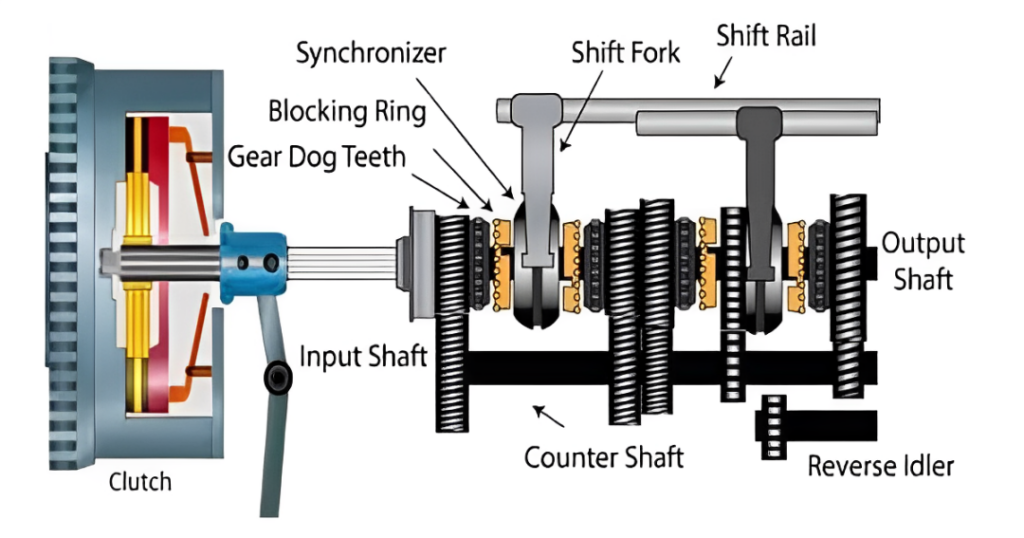
- Input Shaft: The input shaft is connected to the engine and receives rotational power from it. As the engine spins, the input shaft transfers this power to the gearbox.
- Gears: Gears are the heart of the gearbox. They come in various sizes and tooth configurations, each serving a specific purpose. Common gear types include spur gears, helical gears, and planetary gears.
- Output Shaft: The output shaft is connected to the gears and transfers the rotational power from the gearbox to the wheels. The speed and torque of the output shaft depend on the engaged gear ratio.
- Clutch: In manual transmissions, the clutch is a crucial part that allows for the disengagement of gears during gear changes. It enables a smooth transition between gears without turning off the engine.
- Torque Converter (Automatic Transmissions): In automatic transmissions, a torque converter replaces the clutch. It uses fluid dynamics to transmit power smoothly and allows the vehicle to come to a stop without stalling.
- Synchromesh: Found in manual transmissions, synchromesh facilitates smooth gear engagement by matching the speed of the rotating gears before they mesh. This minimizes gear grinding during shifts.
Working of a Manual Gearbox
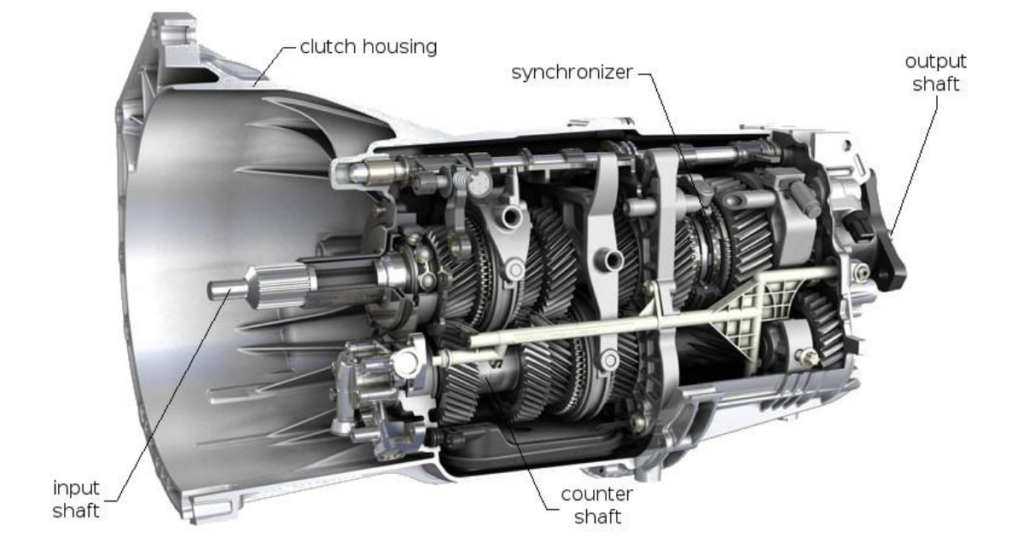
- Gear Selection: In a manual gearbox, the driver manually selects the appropriate gear by moving the gear lever. This action engages different gears on the input and output shafts, altering the gear ratio.
- Clutch Operation: When changing gears, the driver depresses the clutch pedal. This temporarily disengages the engine from the gearbox, allowing for smooth gear changes without causing mechanical stress.
- Power Transmission: As the driver releases the clutch pedal, power is gradually transferred from the engine to the gearbox, propelling the vehicle forward in the newly selected gear.
Working of an Automatic Gearbox
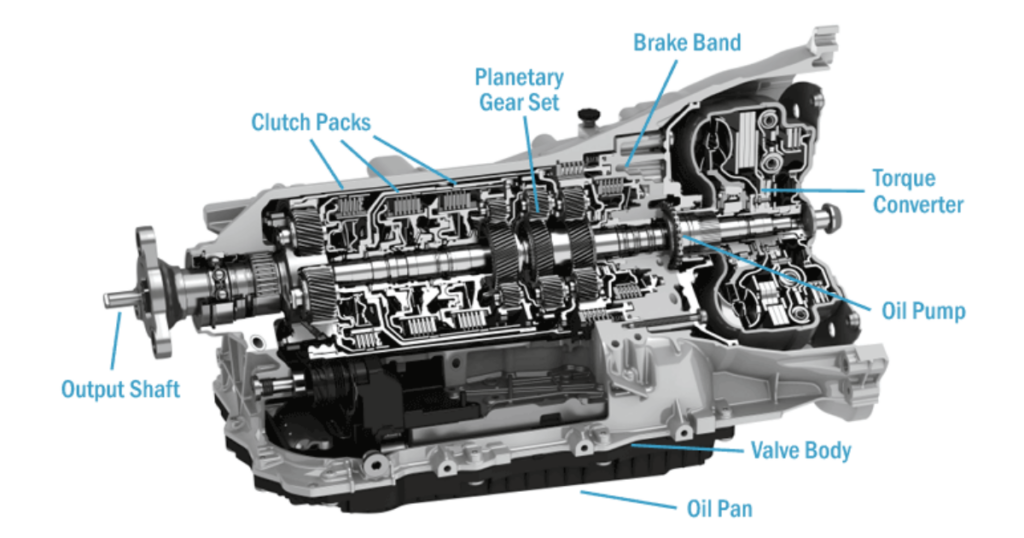
- Fluid Dynamics: In automatic gearboxes, the torque converter uses hydraulic fluid to transmit power. As the vehicle accelerates, the fluid dynamics within the torque converter adjust to deliver the appropriate gear ratio.
- Computer Control: An onboard computer monitors variables such as vehicle speed, engine load, and throttle input to control automatic transmissions. It determines the optimal gear for the current driving conditions.
- Seamless Transitions: Unlike manual transmissions, automatic gearboxes seamlessly shift between gears without driver intervention. This enhances comfort and convenience, especially in stop-and-go traffic.
Conclusion
The gearbox is an impressive example of engineering, providing the necessary power for our vehicles through complex mechanisms. Whether giving drivers the ability to control the gears themselves or providing the convenience of automatic transmissions, it plays a vital role in today’s vehicles. To have a hassle-free experience, it’s important to understand how it operates and to look after it right.
For an intriguing visual insight into how gearboxes work, please take a moment to watch the video below.
